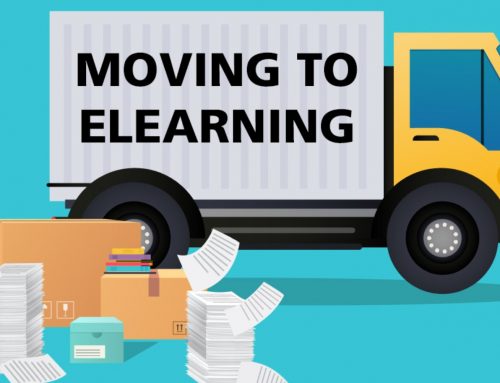At Illumen Group, we are often asked why our solutions go beyond the typical eLearning experience.
The answer is as simple as three words. Engage. Educate. Prepare. But this simple answer isn’t necessarily easy to implement.
Engage.
By now, nearly every eLearner everywhere has been exposed to many hour of computer gaming. Interactivity for the interactivity’s sake might keep learners busy “doing” things, but are they really “connecting” with the intent of the program? According to cognitive studies, learning best occurs when the brain is in a heightened state of perception. This takes place not when learners are busy with interactivity, but rather when they are engaged with learning. There are two major ways in which engagement can best be accomplished:
- When the aesthetics (Look and Feel) is viscerally appealing and inviting. The right “look and feel” almost compels the learner to grab the mouse and participate.
- When the information is relevant. The learner knows they are participating in a “learning” experience. In this context they will only be engaged by data that relates to their organization and the role they perform.
Educate.
Once the learner is engaged, we can begin to address this next level. Educate doesn’t mean the sharing of as much info as possible in the time allotted, but rather a systematic sharing of knowledge and skills. This means organizing data in bite-size chunks that build into larger concepts. The data should always be appropriate and relatable; appropriate to an eLearning environment, and relatable to objectives that will improve their performance.
Prepare.
Although education can be enough for some eLearning goals, the real return on investment comes when eLearning actual prepares the learner to do something differently after the course is over. Here is where the concept of simulating actual execution of a skill or a process often comes into play. If a learner can actually learn to implement a skill or process within the safe and low risk environment of the course, then their speed to proficiency and expertise in the field will be greatly increased. And speed to proficiency can always be converted into savings for the organization!.
Each of the levels of action have something to offer the learner, but they only provide results when combined together. Only then does eLearning become a truly strategic tool that provides a bridge between knowledge and performance!






